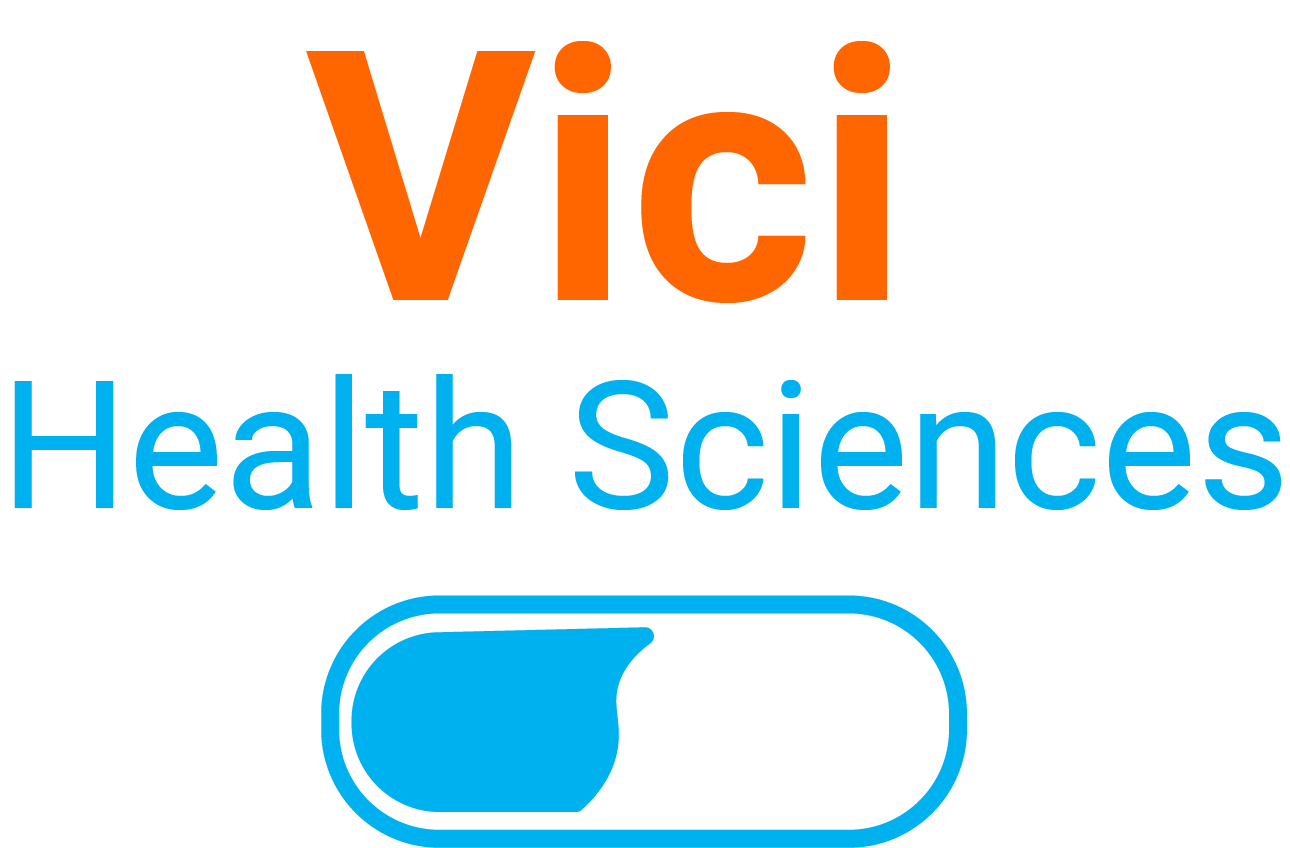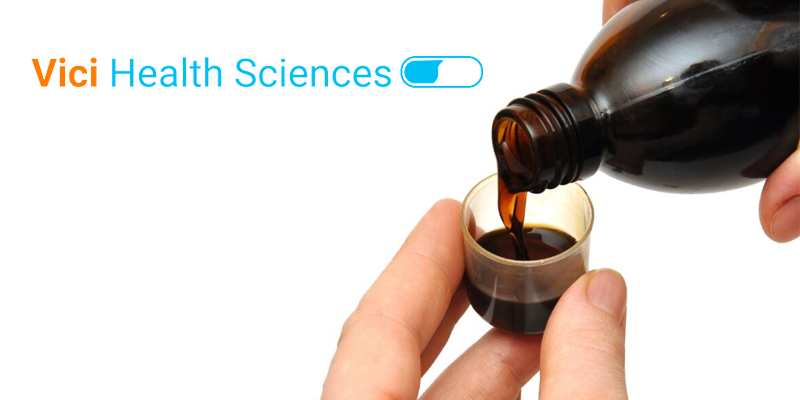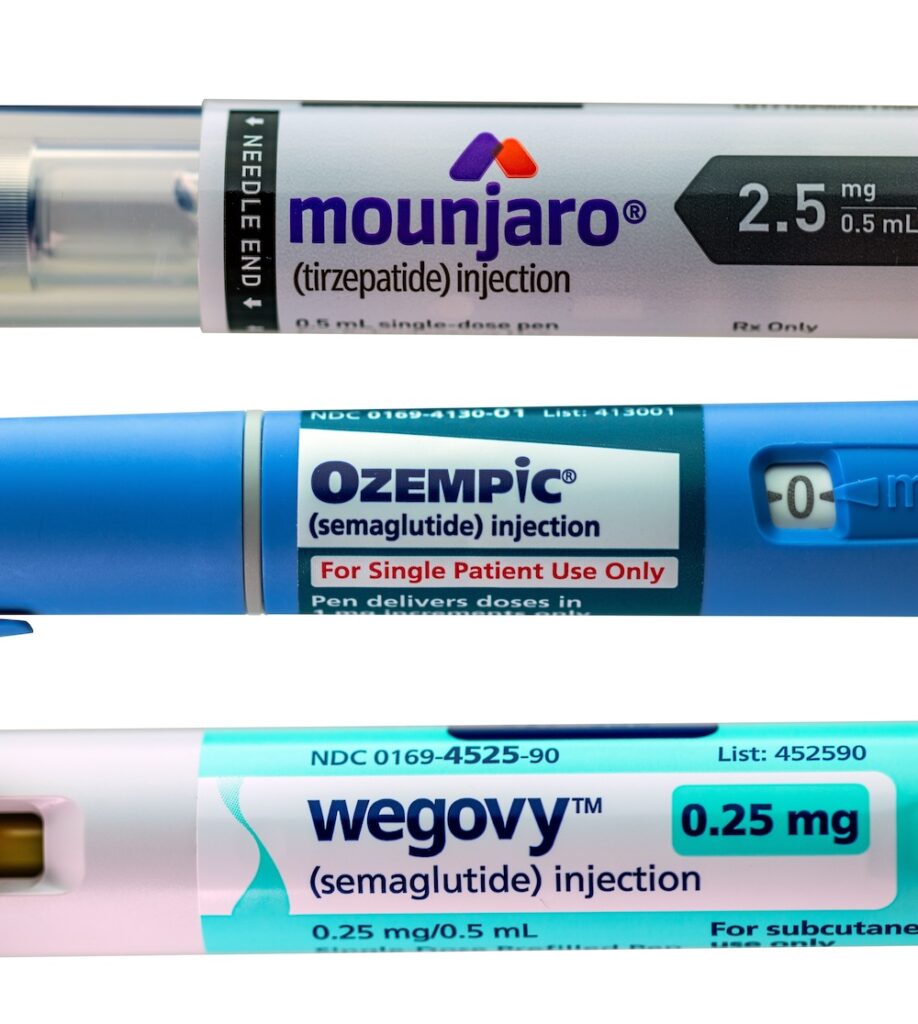Chewable tablets are solid oral dosage forms designed to be chewed and swallowed rather than taken whole. They are particularly beneficial for children and those who have difficulty swallowing large tablets.
These dosage forms are palatable and conveniently deliver the active ingredients found in vitamins, antibiotics, and analgesics. This guide explores their formulation and development and highlights important considerations for pharmaceutical companies looking to expand their product offerings.
A Review of Formulation Considerations: Chewable Tablets
Companies must carefully consider the formulation when developing chewable tablets. This ensures that the tablet is not only chewable but also effective and patient-friendly. It should balance taste, texture, stability, and effectiveness.
Taste Masking and Palatability
Unlike tablets or capsules which are meant to be swallowed, chewable tablets expose the active pharmaceutical ingredient (API) to the buccal cavity and taste receptors. Many APIs have naturally bitter or unpleasant tastes to them. Because of this, formulators often use sweeteners, bitterness blockers, taste modifiers, and flavoring agents to mask the unpleasant taste of active ingredients in chewable tablets to improve their palatability. For active ingredients that are still too bitter even with current taste-masking technologies, more advanced techniques such as coating API to prevent API exposure to the buccal cavity may be necessary. The goal is a more pleasant experience that doesn’t compromise the tablet’s effectiveness.
Texture and Mouthfeel
Another important consideration in chewable tablet formulation development is how the tablet feels in the mouth. A good chewable tablet should break down smoothly without feeling too chalky or sticky. The particle size of API and excipients must be sufficiently small to avoid a sand-like, gritty texture in the mouth. The choice of excipients, such as binders and fillers, affects the texture. To make these tablets easy to chew, they must be relatively soft. Ideally, they should be below 12 kiloponds (kp) unless they break down quickly in saliva or are proven not to harm teeth.
Due to the brittle nature of chewable tablets, shipping and handling soft tablets may lead to increased friability and dust. Formulation development scientists must ensure soft tablets still have low friability to avoid this. The use of highly compressible excipients and fillers is recommended to solve this problem. Beyond mouthfeel, this recommended texture ensures the tablets maintain their structural integrity while being stored.
Drug Release, Disintegration, and Bioavailability
The formulation of chewable tablets must also support drug release and bioavailability. Even though these tablets are designed to be chewed and don’t require water for swallowing, they still must disintegrate efficiently. Also, they must allow for proper drug release and absorption into the digestive system. The FDA requires chewable tablets to meet the same disintegration and dissolution standards as immediate-release tablets.
During formulation, pharma companies or formulators need to evaluate the particle size, disintegration time, and API-excipient compatibility. This helps improve absorption and ensures the active ingredient works effectively.
Stability and Shelf Life
Like all pharmaceuticals, chewable tablets need to stay stable over time. Factors like moisture, temperature, and interactions between ingredients can affect their shelf life.
Stability studies are important for ensuring that the product maintains its quality and potency. The FDA offers guidance on submitting stability data as part of new drug applications (NDAs), including 505(b)(2) and abbreviated new drug applications (ANDAs).
Special Consideration for Different Applications
The formulation approach taken will likely vary depending on the intended use. For example, pediatric chewables usually focus on improving taste and texture. On the other hand, veterinary chewables may include flavoring agents that appeal to animals.
According to the National Institutes of Health, dietary supplements, like chewable vitamins, must balance high-dose actives with a palatable flavor profile to ensure consumer acceptance.
General Excipients Used in Chewable Tablet Formulation
Beyond the active ingredient, excipients—or inactive ingredients—are important for making chewable tablets effective and pleasant to take. They affect taste, texture, and how the tablet breaks down. Here are some common excipients used in chewable tablet formulation:
- Flavoring Agents: Flavors improve taste and overall sensory experience. They make tablets more appealing to chew.
- Sweeteners: Both natural and artificial sweeteners help to mask the unpleasant taste of active ingredients.
- Colorants: Coloring agents serve as cosmetics in pharmaceutical formulations. For example, they improve the visual appeal of chewable tablets. They also mask inconsistencies in raw material colors and help with product identification.
- Disintegrants: Formulators use disintegrants, such as sodium starch glycolate and microcrystalline cellulose, to ensure proper drug release. These excipients make sure tablets break down properly in the digestive system.
- Binders: These function as the “glue” that holds the powdered ingredients together. They create cohesive granules that form the tablet. Common binders include cellulose derivatives, starch, and carboxymethyl cellulose (CMC).
- Lubricants: To prevent the tablet from sticking to manufacturing equipment, formulators often add lubricants. Common lubricants include talc, magnesium stearate, and ascorbyl palmitate.
- Fillers: Formulators use fillers or diluents to add volume when active ingredients do not provide sufficient bulk. This ensures the tablet has adequate size and uniform consistency. Common examples include sucrose, sorbitol, and mannitol.
Optimize Your Chewable Tablet Formulation With Vici Health Sciences
For pharma companies looking to develop successful chewable tablets, it is important to carefully consider how flavors, sweeteners, and other excipients affect taste and user satisfaction. Vici Health Sciences can assist you in formulating chewable tablets. Our team will help select the right ingredients and optimize your formulation for effective drug delivery.
Ready to bring your chewable tablet to market faster? Schedule a free consultation with us today. Leverage our experience in oral solid dosage form development to secure a stable, high-quality product.







